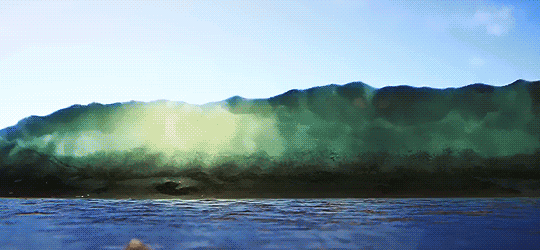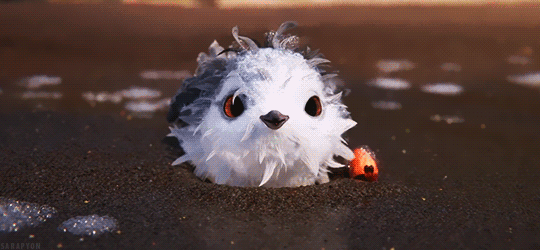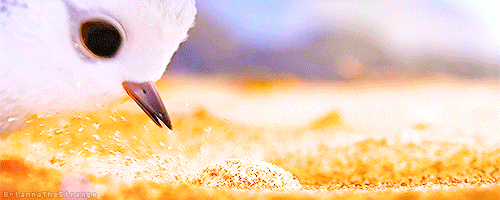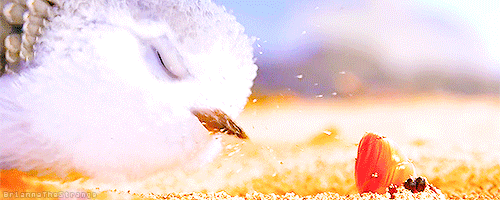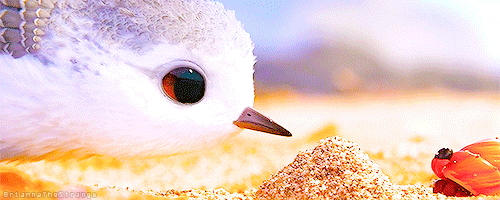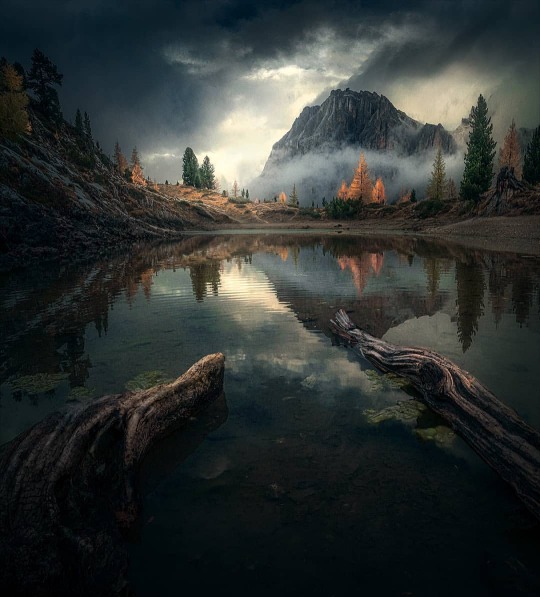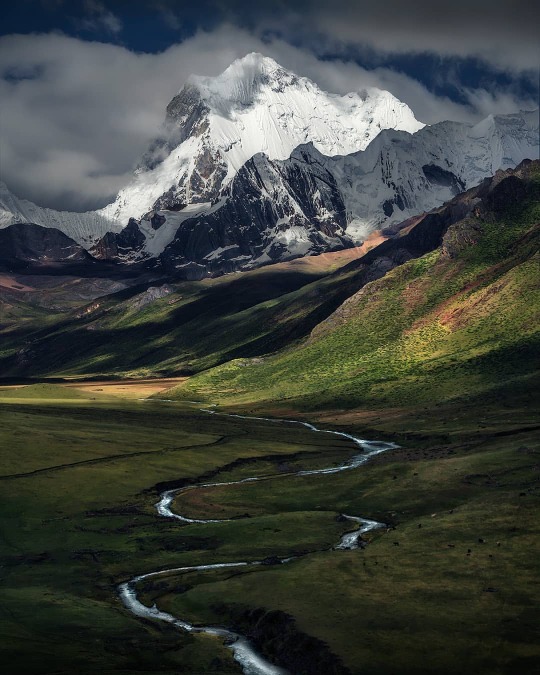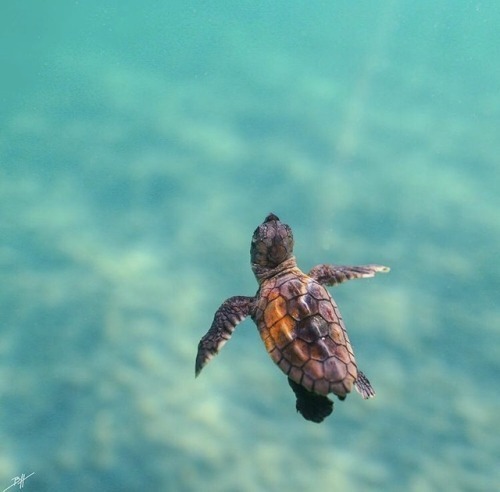Video
306K notes
·
View notes
Photo
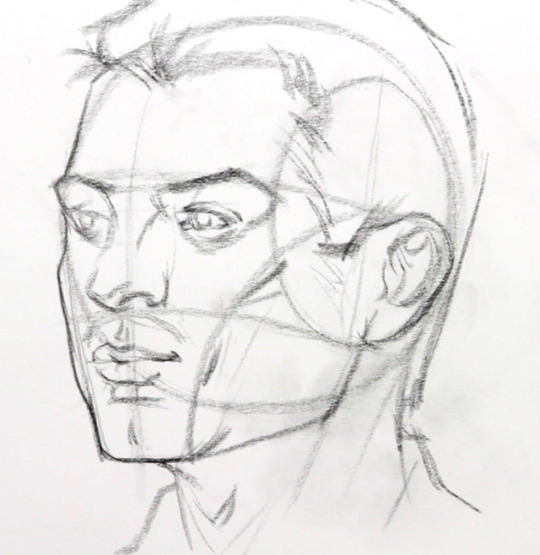
How to Draw the Head from Any Angle
In this lesson I’m going to attempt to summarize and simplify Andrew Loomis’ approach to drawing the head. I’ve also included my video lesson below in case you want to watch it. Let’s get started!
youtube
The Basic Forms
To draw the head from any angle you must first understand its basic structure. Look past all the distracting details and visualize the underlying forms. This ability to simplify can be applied to the features of the face, but when starting the drawing you could look even further. Ignore even the features and simplify to the most basic form of the head.
The head deconstructed into its basic forms, is a sphere as the cranium and a block as the jaw and cheek bones.

The cranium is spherical, but with flattened sides. So, chopping off a slice from both sides gets us a very close representation of the cranial mass (see video below).
When drawing the head, I’ll start with a ball and draw an oval to indicate the flat side plane. The sizes are important here. Make sure the ball is a perfect circle. Don’t be sloppy. The oval is a bit more tricky. The height will always be the same, no matter what angle you’re drawing the head from. It’s ⅔ of the height of the circle. From the center and top of the circle, divide that area into thirds, and this will give you the top of the oval. Do the same at the bottom.
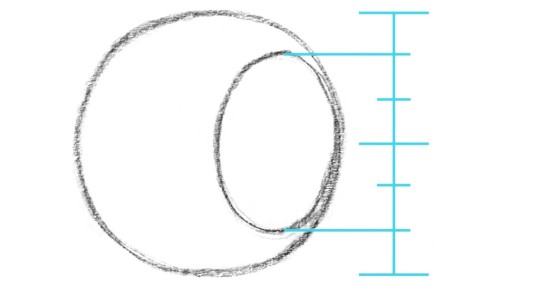
Finding the Left and Right turn: The width of the oval will depend on the direction the person is looking. Compare the size of the front plane to the size of the side plane. The top portion of the oval falls on the corner of the forehead, where the front plane meets the side plane. This area is usually rounded and so it’s open to the artist’s interpretation. I’ve found that it usually lies near the end of the eyebrow. The line on the front plane represents the brow so pay attention to the angle from one brow to the other.

Finding the Up and Down tilt: The vertical tilt is indicated by an angle along the side plane. If the head is tilted up, the angle will point up and if the head is tilted down, the angle will point down. The degree of the tilt will determine how steep to make this line. I like to use the angle from the ear to the brow.

Then, at the base of the vertical line, draw a curve identical the the brow line. This represents the bottom of the nose. Drawing the same line again from the top of the oval brings you to the hairline.
The face can be broken down into nearly perfect thirds, chin, nose, brow, and hair.

We can use the measurements we’ve already found to find the where the chin should be.

Observe the general shape of the jaw and draw in the major angles starting from the brow and ending at the side plane of the head. It’s usually about halfway into the oval, or a little bit farther back.

Now you have a 3D representation of the head ready for the features :)

You can find a list of lessons on drawing facial features here. You can also watch my lesson on how to draw the head from any angle below.
557 notes
·
View notes
Photo
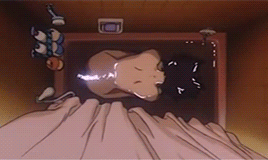
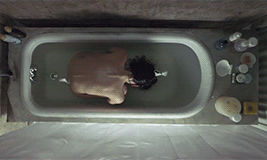
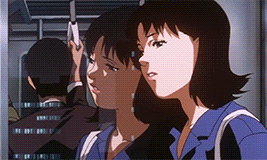

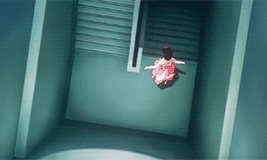
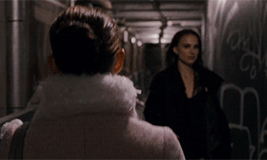

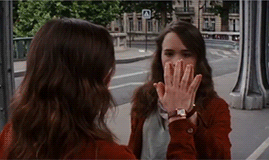

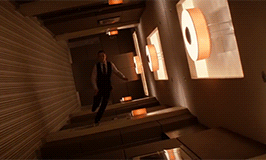
films that were ripped off satoshi kon’s works
perfect blue (1997) → requiem for a dream (2000) dir. darren aronofsky
perfect blue (1997) → black swan (2010) dir. darren aronofsky
perfect blue (1997) → black swan (2010) dir. darren aronofsky
paprika (2006) → inception (2010) dir. christopher nolan
paprika (2006) → inception (2010) dir. christopher nolan
21K notes
·
View notes
Photo

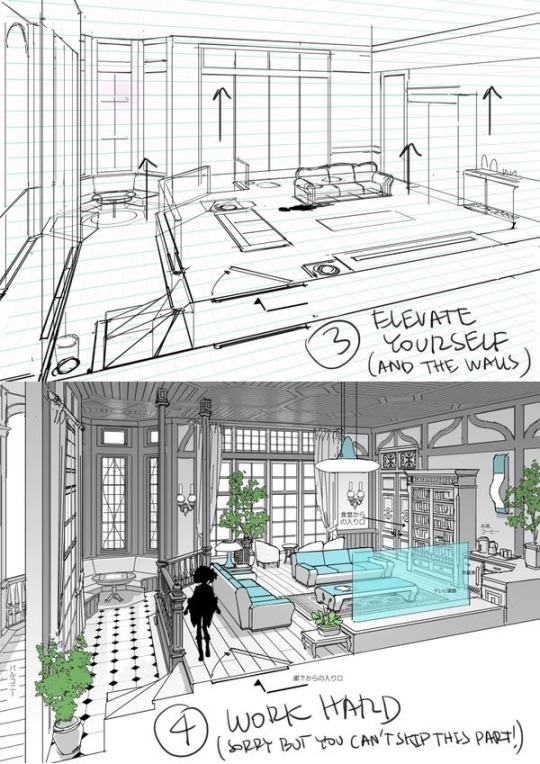

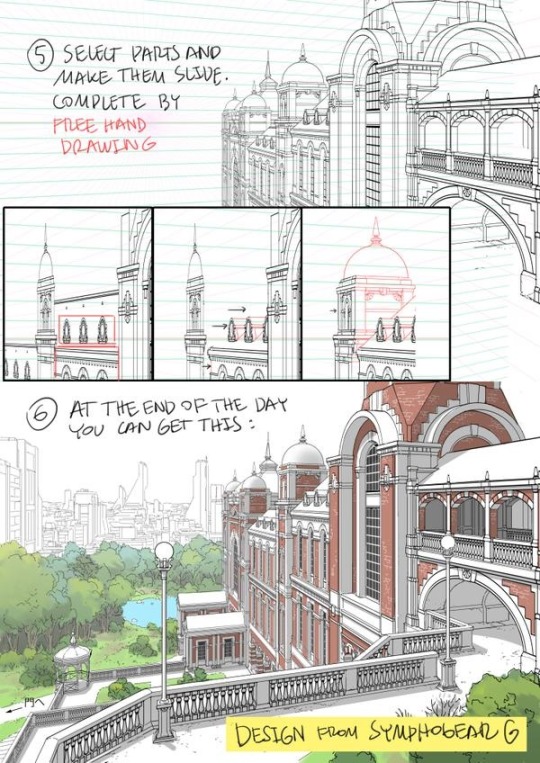

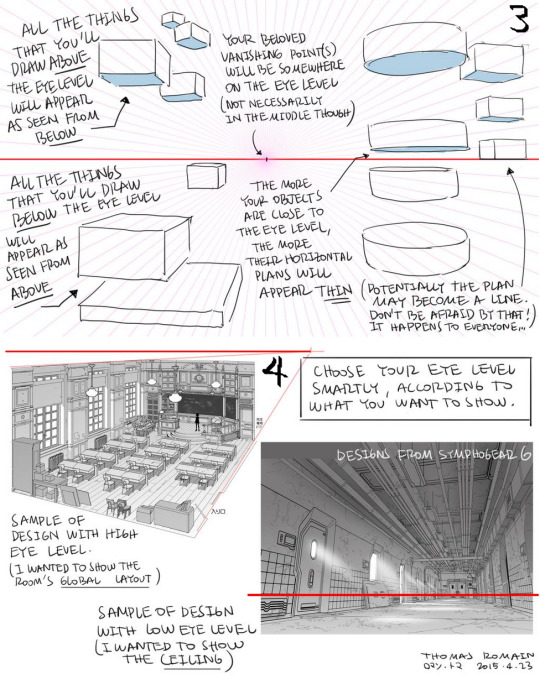

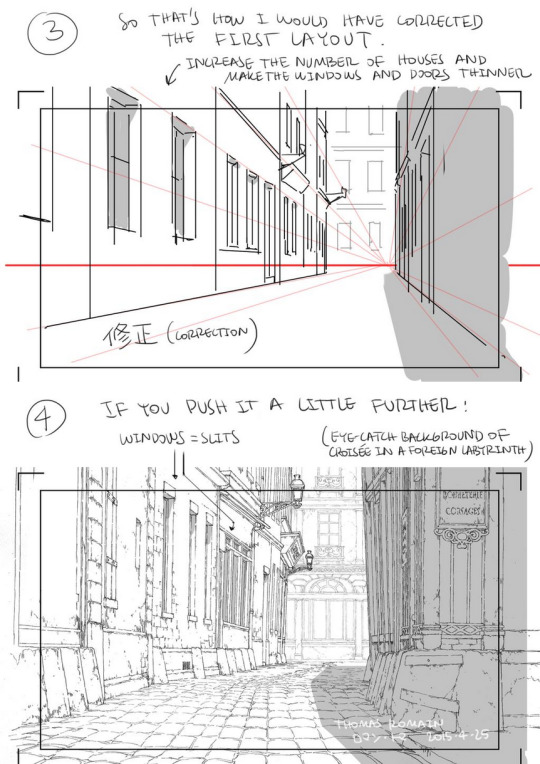
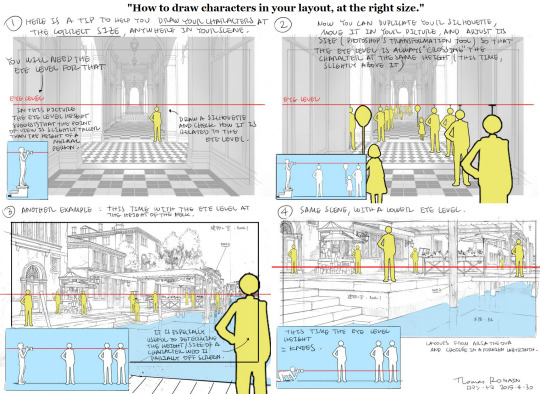

A master post of Thomas Romain’s art tutorials.
There’s not enough space to post all of them, SO here’s links to everything he has posted (on twitter) so far : 1 2 3 4 5 6 7 8 9 10 11 12.
Now that new semesters have started, I thought people might need these. Enjoy your lessons!
390K notes
·
View notes
Video
youtube
New bionics let us run, climb and dance | Hugh Herr
Hugh Herr is building the next generation of bionic limbs, robotic prosthetics inspired by nature’s own designs. Herr lost both legs in a climbing accident 30 years ago; now, as the head of the MIT Media Lab’s Biomechatronics group, he shows his incredible technology in a talk that’s both technical and deeply personal — with the help of ballroom dancer Adrianne Haslet-Davis, who lost her left leg in the 2013 Boston Marathon bombing, and performs again for the first time on the TED stage.
573 notes
·
View notes
Video
tobyharriman
Still can’t get over this glacier lake!
Music by @jameseveringham .
Paddling around icebergs or in glacier lakes like we did can and is extremely dangerous as icebergs can flip over and rock at anytime and these pools can drain at anytime, Please use extreme caution and go with an experienced guide, company or go at your own risk 🤷🏼♂️.
1K notes
·
View notes


